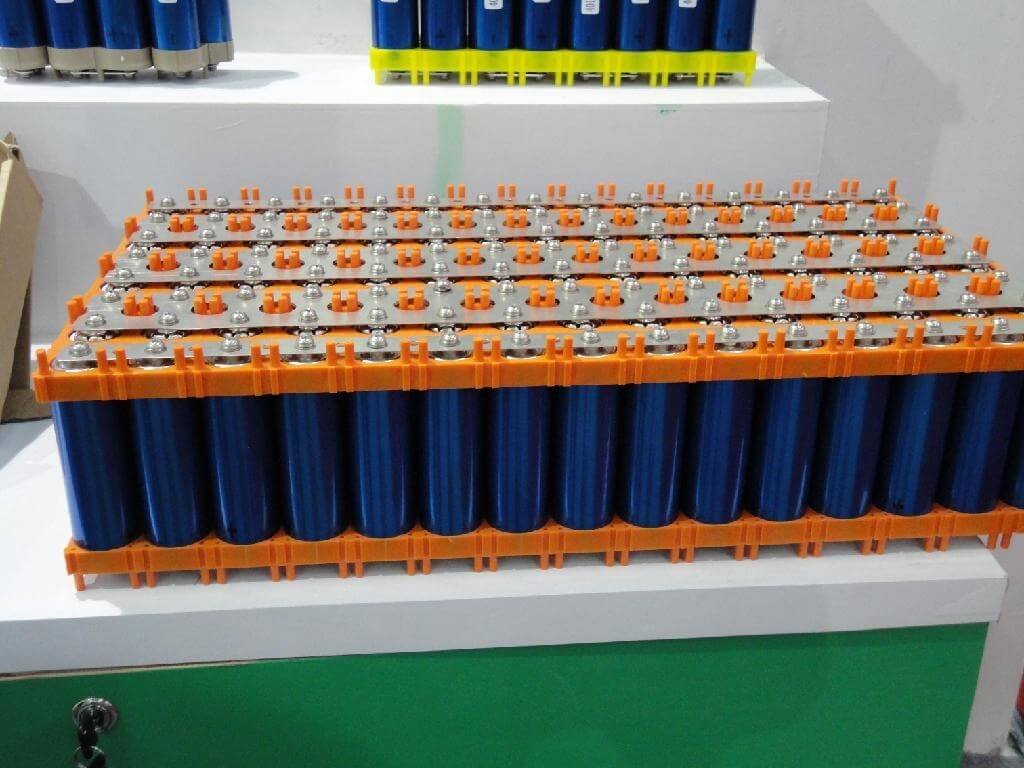This post is the first part of electric car operation. It is increasingly have more space because don’t emit pollutants and is highly efficient.
The electric motor
The motor to electric cars is the AC three-fase induction. To know about the operation of this type of motor, click in the button below.

Also exist DC motors to electric cars, but the AC three-fase induction motors are more efficient and the fastest electric cars, like the Tesla model S use induction motor.

Controlling the motor
To control the induction motor, must control the AC signal`s frequency. This is the speed of magnetic field inside the motor, also called synchronous speed N_{s}. f is the frequency and P is the number of poles.
N_{s}=\frac{120f}{P}
If the rotor speed is equal to synchronous speed, won`t have torque, because the magnetic field don`t change to the rotor. So there is no induced current neither force. The difference between the rotor speed N and field speed is the slip s, and is calculated in this way.
s=\frac{N-N_{s}}{N_{s}}
The motor needs AC signals 120º lagged from each other to work and the battery provides continuous current. The inverter converts DC in AC voltage to motor, in addition to control signal`s frequency and amplitude to control motor’s power output. This is an example of inverter to electrical vehicles.

The operation of inverter will be subject to another post. The accelerator controls a pair of potentiometers which send a signal to inverter, regulating motor’s speed.

Battery pack
The electric cars can be moved by battery, hydrogen cell or can be hybrids. In this post is showed the electric car with rechargeable battery, other types will stay to future posts. The electric car has a battery set in series and parallel to provide the desired power. The battery pack is on the bottom part of the car to gravity point stays closer to soil, increasing stability.

All batteries for electric cars have lithium, because it is the best element for batteries. Most of batteries are made of lithium-ion or lithium-iron-phosphate (LiFePO_{4}). These are lithium-ion batteries.


This is a battery pack of LiFePO_{4}. Small batteries in modules dissipate better the heat than bigger cells.

The used materials to anode for batteries are graphite and silicon. While for the cathode are: nickel, manganese and cobalt, or aluminum instead of manganese.
Electric car of Itaipu Binacional
Itaipu Binacional has the Programa Veículo Elétrico (Electric Vehicle Program) in partnership with Kraftwerke Oberhasli AG (KWO). This program`s objective is to find economically viable solutions to low the dependence of fossil fuels in mobility. This is the Renault Twizy, 32 models were assembled in 2014 to study the nationalization of components.

Inside the program, other electric cars like the BMW i3 and the electric version of Fiat`s Palio Weekend also has been assembled.





